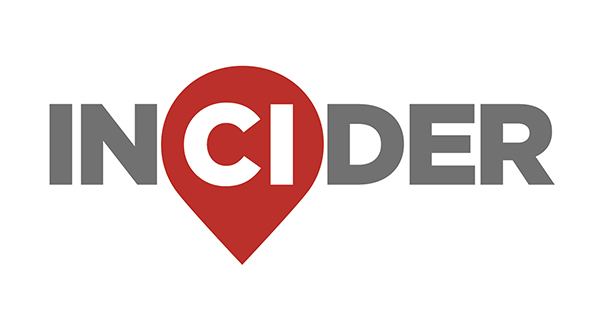School districts approve budgets annually by school boards annually with a majority used to fund staffing, while voter-approved bonds are the primary source for infrastructure projects, district officials said. State funding is available for budgets and both can affect property taxes.
“Many believe that school districts control their annual funding amounts locally; however, much of a district’s funding is determined by the state of Texas through formulas based mainly on student attendance and property values,” LCISD Chief Communications Officer Sonya Cole-Hamilton said in an email.
Zooming in
School districts approve budgets annually which fund everything from supplies to teacher salaries as well as unfunded state mandates, district officials said.
Funding sources include local revenue from property taxes, state revenue from student enrollment and average daily attendance, and federal funding to support specific programs or initiatives.
Terms to know
- General Fund: Also referred to as Maintenance and Operating Budget (M&O), the primary fund used for daily school operations—such as paying staff, buying supplies and keeping schools running
- Interest & Sinking Fund (I&S): The fund used to repay debt from bonds; separate from the General Fund
- Capital Budget: A budget for long-term investments such as infrastructure, buildings or equipment
Bonds can be called when districts determine they need funds for larger capital projects such as new schools, infrastructure improvements or technology needs. To pass, bonds will need to receive at least 50.1% of community support during the election.
There isn't a set timeline how often a bond needs to be called, instead they can be called every few years as determined by the district's needs, Katy ISD officials said.
What else?
Both budgets and bonds affect the district’s tax rate, which includes both the I&S and M&O rates. Each year, schools set a property tax rate, which can only be increased by a certain percentage before needing to be approved by voters in an election.
Tax rates are typically approved by school boards in August or September and are paid by residents in their annual property taxes.
“It’s important to note that voter approval of a bond grants the district to issue debt but does not ensure an increase in the tax rate,” Cole-Hamilton said.





